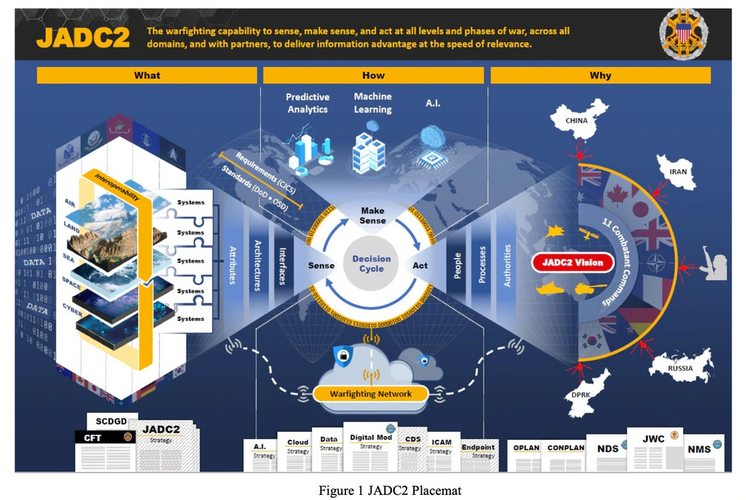WASHINGTON — Only recently out of “stealth mode,” ambitious start-up Aalyria is swinging for the stars, literally, with two platforms company officials say will revolutionize communications by enabling rapid land, sea, air and space radio frequency and optical communications out to the Moon and beyond.
Chris Taylor, Aalyria’s CEO, told Breaking Defense in an Oct. 5 interview that the network Aalyria is creating with its Spacetime software is embodying the Defense Department’s concept of
Joint All Domain Command and Control (JADC2) in the manner that the concept was originally envisioned.
“We have created that digital cartilage and autonomous brain that permits a JADC2 concept to exist,” he said.



































